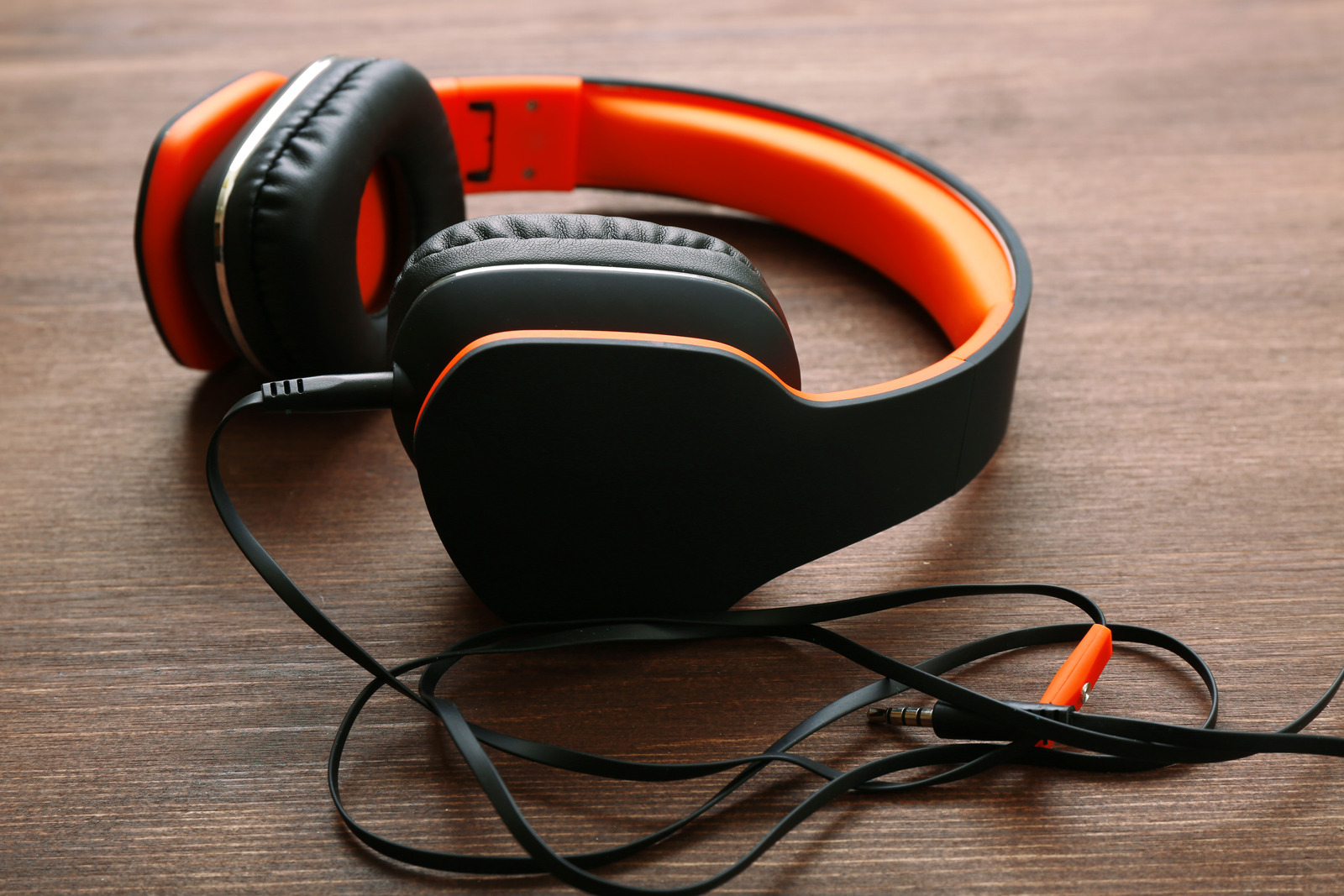How to Navigate Audio File Recovery on Digital Voice Recorders
Use this step-by-step instruction here to learn how to navigate audio file recovery on digital voice recorders.

Throwing a pair of headphones on only to have the sound rattle and crack is definitely not a good feeling. If you have owned numerous pairs of headphones over the years, chances are you’ve experienced something similar.
But what do these signs mean exactly?
This article will explore some reasons why your headphones are no longer communicating sound properly and what you can do to prevent them. Perhaps the most important step, though, is being able to tell if your headphones are truly blown out, or if there is something else going on.

In reality, headphones very rarely get “blown” out because they are not designed for high outputs or heavy volumes that would blow out the internal speakers. “Blown speakers” has become a pretty generic, umbrella term that contains a variety of different reasons for why your speakers may be emitting poor sound.
If your headphone speakers, contained within the earcups or earbuds, are no longer functioning properly or if you notice a change in their output quality, there may be some potential issues at play. For example, issues with the sound rattling, being quieter than usual, or distorting can all point to broken or damaged headphones. If you have broken headphones, keep them since there are still a number of things that you can do with broken headphones.
While they may not be “blown out” in the ways a guitar amp or audio speaker would be, you should definitely investigate what the issue is and see if it’s fixable.
Before elaborating on the reasons why your headphones are not functioning properly, it’s important to know a little about how they are supposed to work.
Headphones are audio devices that deliver recorded audio to your ears.
Headphone drivers are tiny speakers inside of the headphones that make or “drive” sound into your ear canal.
The sound that your ears are listening to is actually a series of sound waves that were electrical audio signals previously, before the drivers converted them into sound waves. The sound waves interact with our ears which we understand as music or whatever it is we are listening to.
Your headphone drivers are supposed to deliver this sound to the extent that their hardware allows, and the audio should be clear and easy to listen to.
A “blown” driver is a speaker within your headphones that is not working properly or sounds damaged. This can result in little to no audio being heard, audio crackling rattling or becoming distorted at any volume, etc.
While headphone drivers do not typically get “blown” out, like larger, higher-output speakers, they are still susceptible to wear and tear as well as damage that affects the overall functionality.
If you think your headphones are busted and you’re confident that the issue is strictly a driver issue, then keep an ear out for these signs.
If your headphone is starting to lose volume or the drivers are delivering sound that is quieter than usual, or worse, distorted, then the headphone driver is probably damaged due to bass or high volume.
If a driver in one ear is quieter or more distorted than in the other, the driver with the issue is most likely broken and needs to be replaced.
The causes for this damage can vary, but are often related to the drivers’ exposure to water, dust, hair, improper handling or they were simply poorly made.
If you notice that lately your headphones have been producing a buzzing sound when listening to audio, this may indicate that the drivers are damaged, but it could also be the result of some minimal exposure to dust, hair etc.
If the overall audio level is in good shape and there is no blatant distortion, try eliminating the buzzing sound by carefully exposing the drivers and cleaning the interior of the headphones, removing any dust or excess debris.
If you can only hear the buzzing sound when you are gaming, we have a guide here on how you can fix that.
If your headphones start rattling, it’s most likely due to wear and tear like dropping your headphones or banging them into things.
The rattling you are hearing is most likely caused by a loose part bumping into something when the bass reaches a certain level, or the increased airflow caused by higher volumes causes some interior parts to move around.
However, If you are hearing static in your headphones, there may be other issues that are not always driver-related that are causing the problem.
Hearing static in your headphones definitely can be the result of a blown out drivers, but hearing static is a more specific kind of problem that points to different sources. For example, while a rattling sound points to a hardware issue in or around the driver, static can be caused by an interrupted Bluetooth connection, internal wire damage or a dirty auxiliary port.
If you are hearing static in your headphones, try eliminating some of those suspects before assuming your headphone speakers are blown out.
In order to avoid this issue, try purchasing headphones that can withstand wear and tear from moisture, dust, physicality etc. Our Durable Headphones Guide is a great resource and also provides tips on how to prevent damage to your headphones so you can avoid these issues altogether.
The durability of a pair of headphones is crucial to increasing the overall lifespan of the product, as well as specifically protecting the headphone drivers from getting blown out.
Buying durable headphones and taking good care of all aspects of your headphones are a great way to prevent blown drivers. If your headphones are in good shape all around, then you can more quickly isolate the issue as an audio driver one, and take the appropriate steps to fix or replace them.
If you are listening with over ear or on ear headphones, choose headphones that have a stainless steel headband with a leather or durable synthetic covered earcup.
While these components of your headphones do not influence sound, the more reinforced your headphone hardware is the safer your headphone drivers will be from external damage.
It is difficult to dispute the fact that wired headphones have better sound quality than wireless headphones, but the durability problem that often exists with wired headphones is the wire itself.
Wired headphones may sound better, but the cable is vulnerable to wear and tear and internal damage.
By maintaining your cable, having a replacement on hand, and learning how to properly coil your cable after use, you can know for sure that the wire is not the issue if you suspect that your audio drivers are the real problem.
We have compared wired and wireless headphones here.
Make sure your headphones have a good IP-rating (anywhere between IPX4-IPX8) that can protect your headphones from exposure to moisture and dust. Headphones with a good IP rating will increase the lifespan of the headphones as well as the audio drivers within.
If you are going to be using your headphones to work out or travel, waterproofing becomes even more important for durability and prevention. When you exercise while wearing headphones, you are exposing them to the moisture that your body creates, which if done for an extended period of time with a low IP-rating, can sound the death knell for your audio drivers.
Similarly, if you are caught in a drizzle outside, or you spill something on your headphones, a good IP rating can make sure that your headphones and the drivers within are kept safe and working properly.
Before jumping to the conclusion that your headphones are blown, there may be wiring and/or connection issues to your device. If you are experiencing quiet or distorted headphones, make sure to check your headphones’ connection to your audio advice.
If you are listening on Bluetooth headphones and are experiencing these issues, you may be too far away from your device or are blocked by a physical barrier. Try moving closer to your device and removing any obstacles.
Check out this guide for other reasons why your headphones are quieter than usual for a helpful way to troubleshoot the problem.